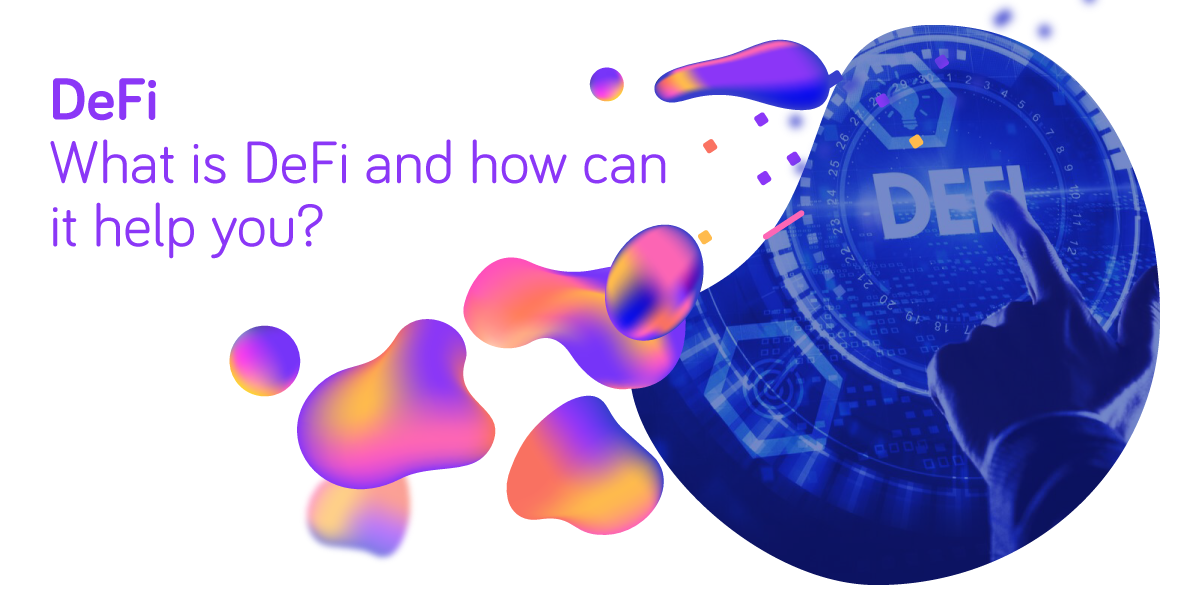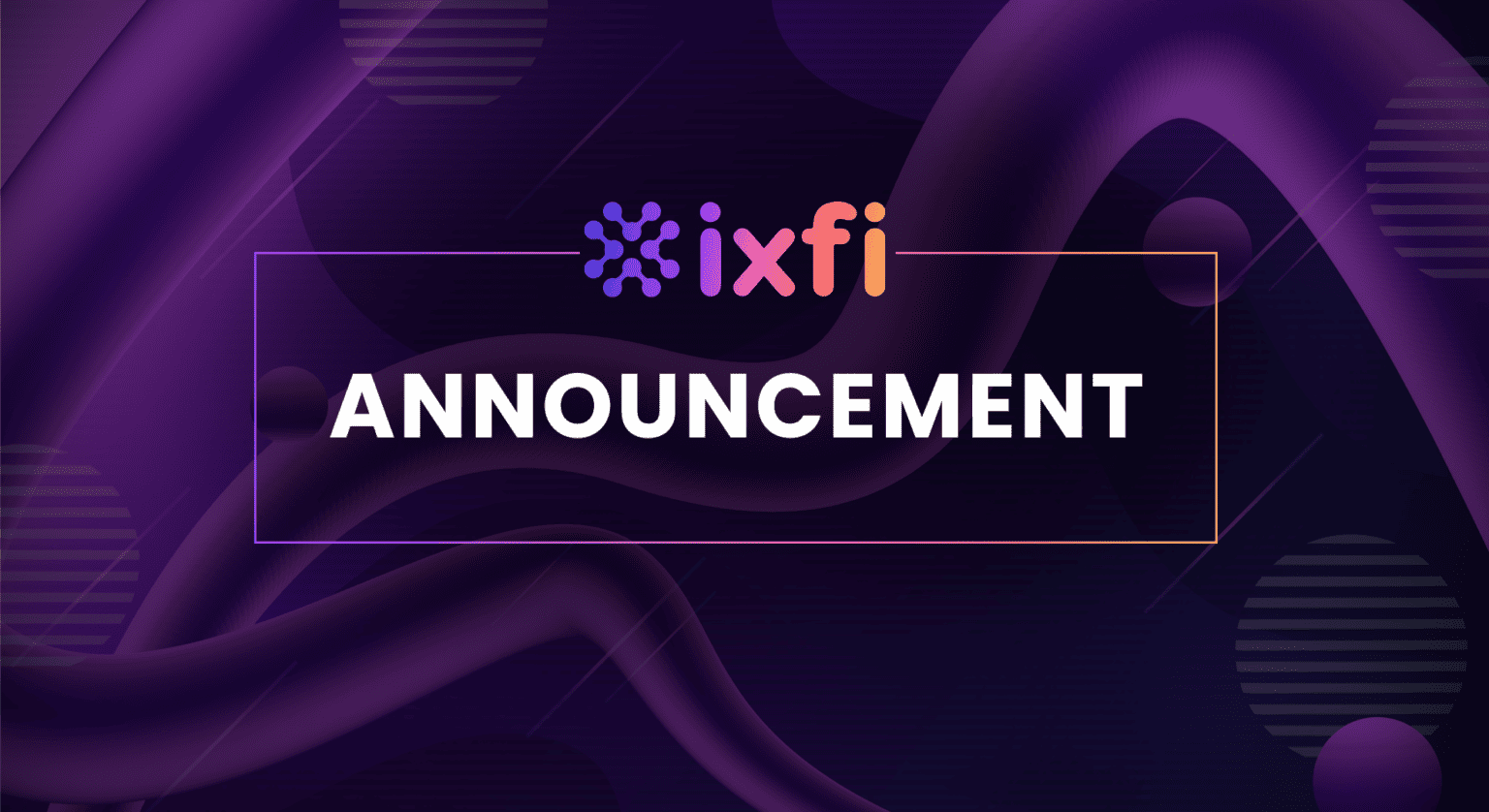The first time I heard the term “DeFi” was roughly one year ago while attending a webinar that was all about Bitcoin. At one point, the speaker shared the idea that the future is not only dedicated to crypto but also mentioned that the future of finance is DeFi: Decentralized Finance.
At that time, I could only keep in mind that DeFi is some kind of system that allows people to borrow money from one another — and I was not that surprised, because this has been happening forever. So, I tucked away that piece of information and continued to take notes about Bitcoin and cryptocurrency in general.
Today, I am glad to have more knowledge about DeFi, and I am also happy to share with you everything I know about it.
As mentioned before, DeFi is an abbreviation of “Decentralized Finance” and it refers to a wide variety of applications (some based on Bitcoin and others based on Ethereum) that have one common goal: to eliminate the middleman from financial transactions. In most cases, this middleman is a bank.
DeFi takes inspiration from the blockchain, where the main advantage is the fact that the transactions list (the ledger) is stored simultaneously with several members of the network. This means that the network is not decentralized, because the list of transactions is not in the possession of a single central party but is rather in the possession of multiple parties.
Since it is quite close to impossible to change something that is in many places at one time — people have gained trust in this system. So, “trust in many” can be written down as an advantage of DeFi.
Another advantage comes from the fact that human operators and centralized systems are not optimized for fast transactions and they have a low speed of performing various tasks. An example, in this case, is the transfer of funds from one local bank to another local bank, in the same local currency, that takes up to two or more working days — that is completely outdated!
DeFi is special due to the fact that it prolongs the usability of blockchain technology over and beyond the simple function of exchanging value, to more and more complex financial functions. And, as mentioned earlier, its main advantage is the elimination of the intermediary between two parties that are making a financial transaction.
In the beginning, in its idea stage, DeFi was quite often explained as “open finance” — perhaps as a parallel of “open source software”. ?
The majority of the DeFi Applications (dapps for short) are based on Ethereum because it is quite easy to build on it, as compared to Bitcoin, and because it has a built-in feature called “smart contracts” — when a given precondition is fulfilled, a given transaction, previously defined, is executed.
For example, let’s say that I own a video agency that makes short video clips for social media — and I have a “smart deal” with a customer that he will pay the fee for the video clip when that clip hits 10.000 views on social media. This can be done automatically with smart contracts.
Now that we are listing examples, let’s make a quick review of the most popular dapps — or DeFi Applications, if you are a fan of long words.
Decentralized Exchanges
These are online platforms that give users the possibility to exchange the currency they have, directly with each other, without the involvement of the platform itself.
Simple and effective, they help people exchange what they want, without any trouble.
Lending Platforms
These are online platforms dedicated to helping the people with extra capital (lenders) to meet the people that are in the need of that extra capital (borrowers) — all with the support of smart contracts. The lender is rewarded, of course, with interest for their efforts.
The interest rate is adjusted automatically with regard to the demand of the specific cryptocurrency in which the loan is performed. Just like in any other loan system, the borrower needs to deposit collateral — which will be lost if the loan is not returned.
A good example of a crypto lending platform is IXFI (www.ixfi.com) which is a platform created by traders, for traders, with the sole intention of making “everything crypto” much easier for anyone who is part of the “crypto ecosystem”.
IXFI has been created especially for beginners, who don’t possess much knowledge about trading, but are interested in the crypto market and want to be an active part of it. IXFI is the solution for everyone who wants to start their crypto journey on a friendly & secure platform, one that knows and understands their needs.
IXFI is so versatile that it can offer has valuable options to beginners as well as to more experienced crypto traders. Regardless of whether you are very experienced or a newbie, it will be just as easy to navigate through all the features provided by IXFI — your all-in-one alternative bank solution.
Prediction Markets
This is the most novel of all applications: it’s like a sports betting center but extended to everything else in life. ? Basically speaking, the users bet on the future outcome of a certain event, for example, political elections.
It has been observed that sometimes, these prediction markets deliver more accurate results, when compared with conventional methods, like exit polls. A possible justification is connected to the fact that an exit poll will not deliver any financial gain, while the prediction market, can.
Yield Farming / Liquidity Mining
For those that want some more rewards and are also open to a bit more risk, there is this opportunity called “Yield Farming” by some and “Liquidity Mining” by others. In the end, it’s just the same thing: a method to have your crypto generate more crypto. It’s quite a risky process and, simply put, it means that you lend out your crypto on various platforms, and you are paid in the tokens of those specific platforms.
Before writing this article, I was living under the impression that you can only get a loan from FFF (Friends / Family / other Fools) ? or from banks — now I know that there are several other options. Thank you DeFi for this new clarity!
Disclaimer: The content of this article is not investment advice and does not constitute an offer or solicitation to offer or recommendation of any investment product. It is for general purposes only and does not take into account your individual needs, investment objectives and specific financial and fiscal circumstances.
Although the material contained in this article was prepared based on information from public and private sources that IXFI believes to be reliable, no representation, warranty or undertaking, stated or implied, is given as to the accuracy of the information contained herein, and IXFI expressly disclaims any liability for the accuracy and completeness of the information contained in this article.
Investment involves risk; any ideas or strategies discussed herein should therefore not be undertaken by any individual without prior consultation with a financial professional for the purpose of assessing whether the ideas or strategies that are discussed are suitable to you based on your own personal financial and fiscal objectives, needs and risk tolerance. IXFI expressly disclaims any liability or loss incurred by any person who acts on the information, ideas or strategies discussed herein.



